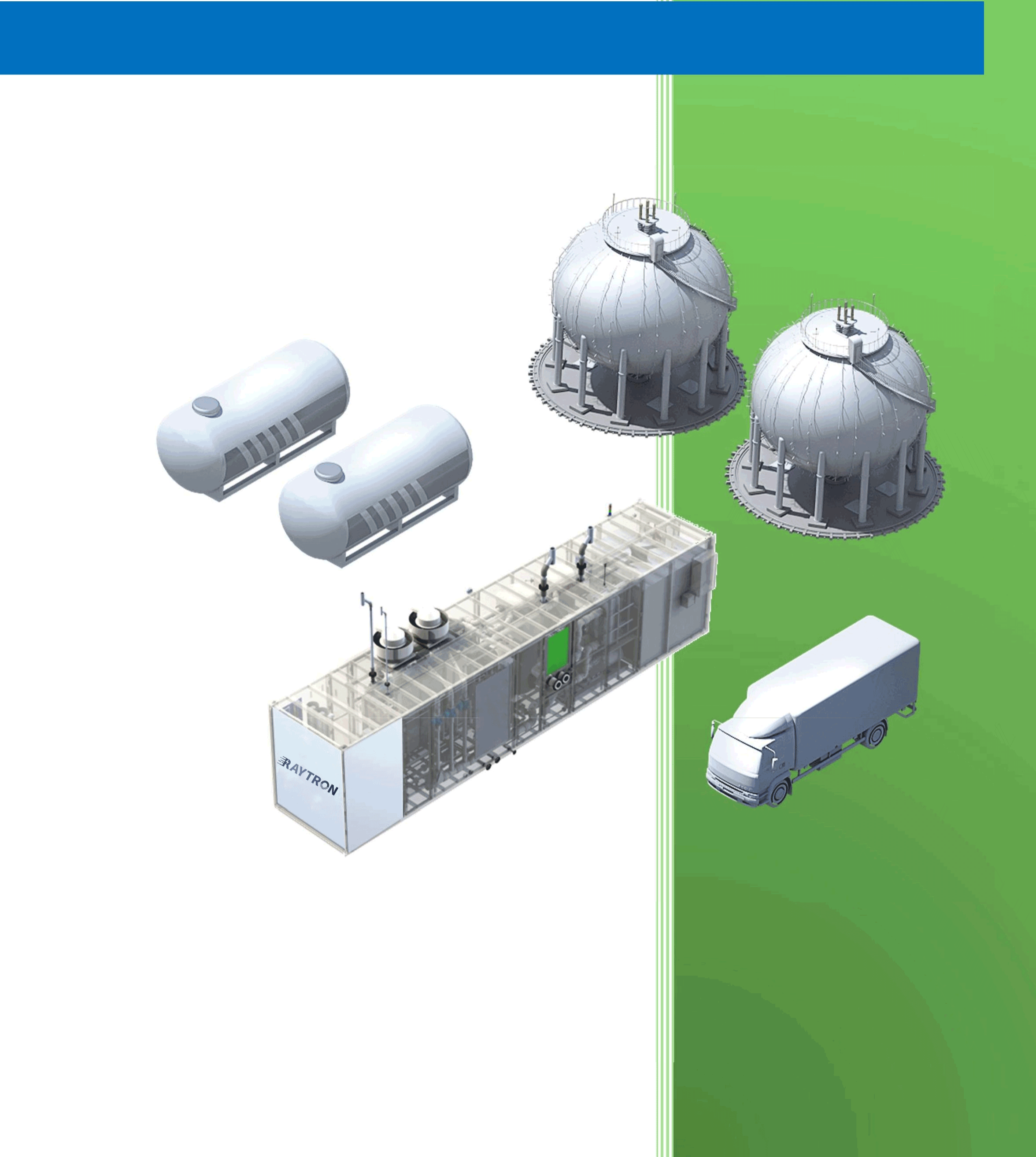Introduction
Hydrogen, the most abundant element in the universe, is a clean energy carrier with the potential to decarbonize industries. However, it does not exist freely in nature and must be extracted from compounds like water or hydrocarbons. This article explores the primary methods of hydrogen production, their advantages, and challenges.
1. Steam Methane Reforming (SMR)
- Process: SMR reacts methane (CH₄) with steam (H₂O) at high temperatures (700–1000°C) to produce hydrogen, carbon monoxide (CO), and CO₂.
- Reaction: CH₄ + H₂O → CO + 3H₂ (followed by the water-gas shift reaction: CO + H₂O → CO₂ + H₂).
- Advantages:
- Most cost-effective method (~1–1–2/kg H₂).
- Mature technology, supplying ~95% of global hydrogen.
- Challenges:
- High CO₂ emissions (~9–12 kg CO₂ per kg H₂).
- Dependency on fossil fuels.
2. Electrolysis (Green Hydrogen)
- Process: Electricity splits water into hydrogen and oxygen.
- Alkaline Electrolyzers: Uses liquid electrolyte (e.g., KOH).
- PEM (Proton Exchange Membrane): More efficient, uses solid polymer electrolyte.
- SOEC (Solid Oxide Electrolyzers): High-temperature operation (700–900°C).
- Advantages:
- Zero emissions if powered by renewables.
- Scalable for renewable energy integration.
- Challenges:
- High energy input (~50–55 kWh/kg H₂).
- Expensive infrastructure (PEM costs ~1,400–1,400–2,200/kW).
3. Coal Gasification
- Process: Coal reacts with oxygen and steam to produce syngas (CO + H₂).
- Reaction: C + H₂O → CO + H₂.
- Advantages:
- Utilizes abundant coal reserves.
- Lower cost than electrolysis.
- Challenges:
- High CO₂ emissions (~18–20 kg CO₂ per kg H₂).
- Requires carbon capture for sustainability.
4. Biomass Gasification
- Process: Organic waste or biomass is converted into hydrogen via thermochemical reactions.
- Advantages:
- Carbon-neutral if sustainably sourced.
- Waste-to-energy solution.
- Challenges:
- Low energy density of biomass.
- Complex purification required.
5. Emerging Technologies
- Photoelectrochemical (PEC): Direct solar-to-hydrogen conversion.
- Thermochemical Cycles: Uses heat (e.g., sulfur-iodine cycle).
- Biological Methods: Algae or bacteria produce hydrogen.
Conclusion
While SMR dominates today, electrolysis and biomass methods are critical for a sustainable hydrogen economy. Policy support and R&D are essential to reduce costs and scale green hydrogen.

